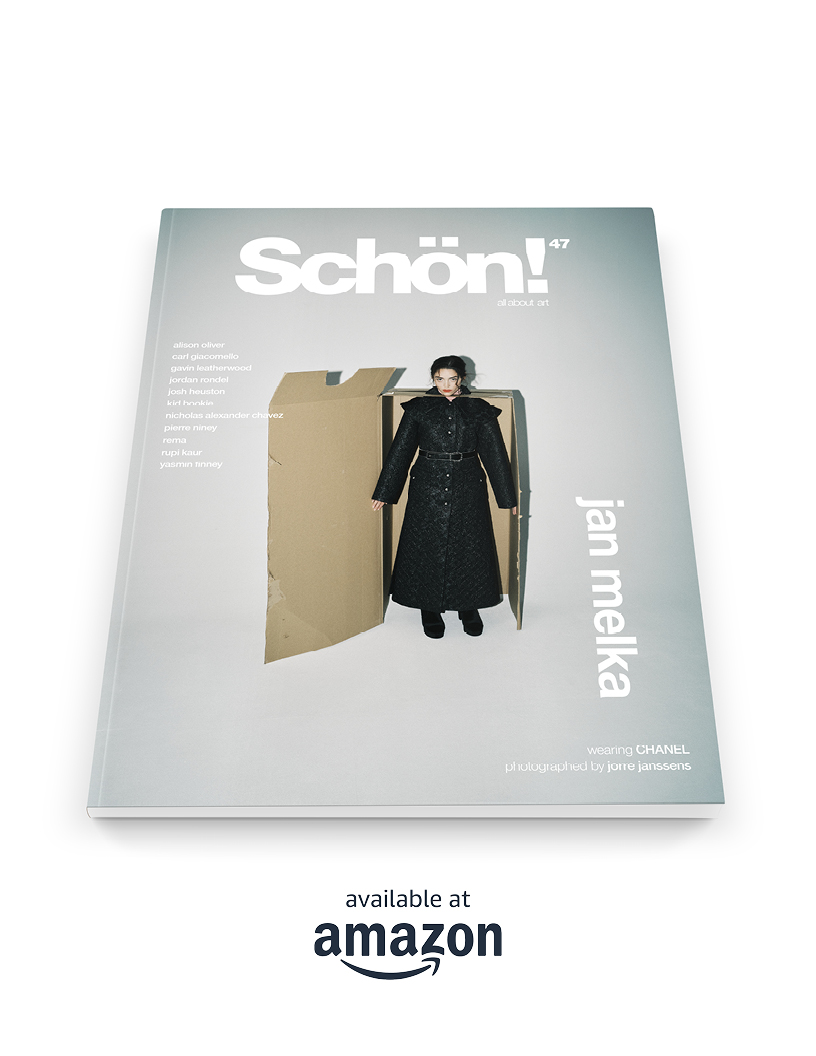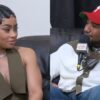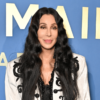Rewrite
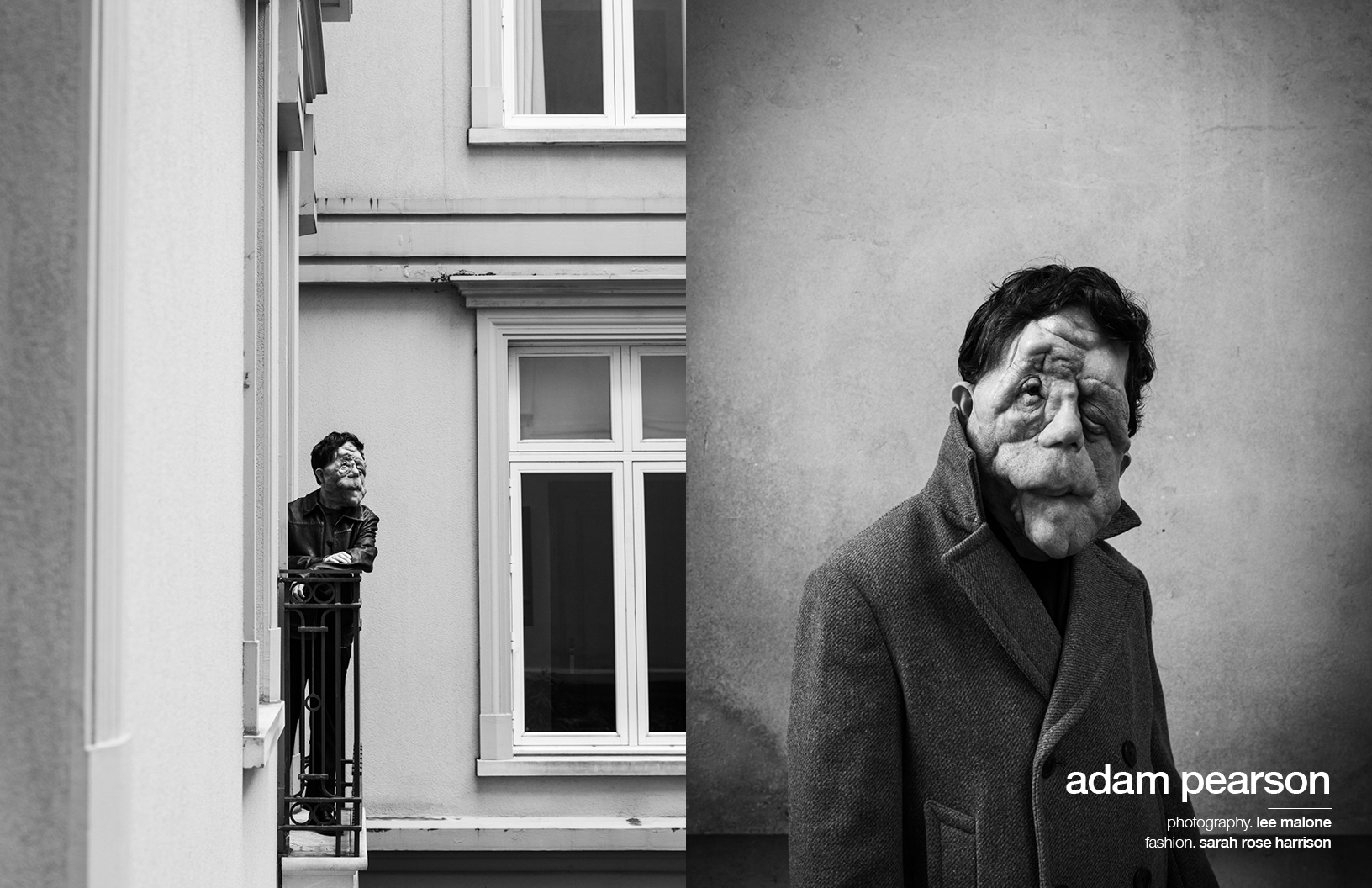
jacket. All Saints
t-shirt. MR P. @ MR PORTER
trousers. Margaret Howell
opposite
coat. Marks & Spencer
Hollywood is a fickle industry often driven by appearances and stereotypes and, because of that, Adam Pearson stands out as a game-changer by challenging conventions and redefining narratives. With a career spanning over 14 years, Adam has become a powerful advocate for representation, using his platform to dismantle misconceptions about disability. His latest role in A Different Man as Oswald is no exception—delivering a performance that explores identity and self-image while subverting the usual tropes associated with disability in film.
Beyond acting, Adam’s influence extends to the documentary world, with impactful works like The Ugly Face of Disability Hate Crime. He is a sought-after speaker, addressing critical issues at global platforms such as the World Health Innovation Summit. With accolades like the RADAR and Diana Awards, Adam has cemented his place as an actor and a relentless advocate for inclusivity and authenticity in storytelling.
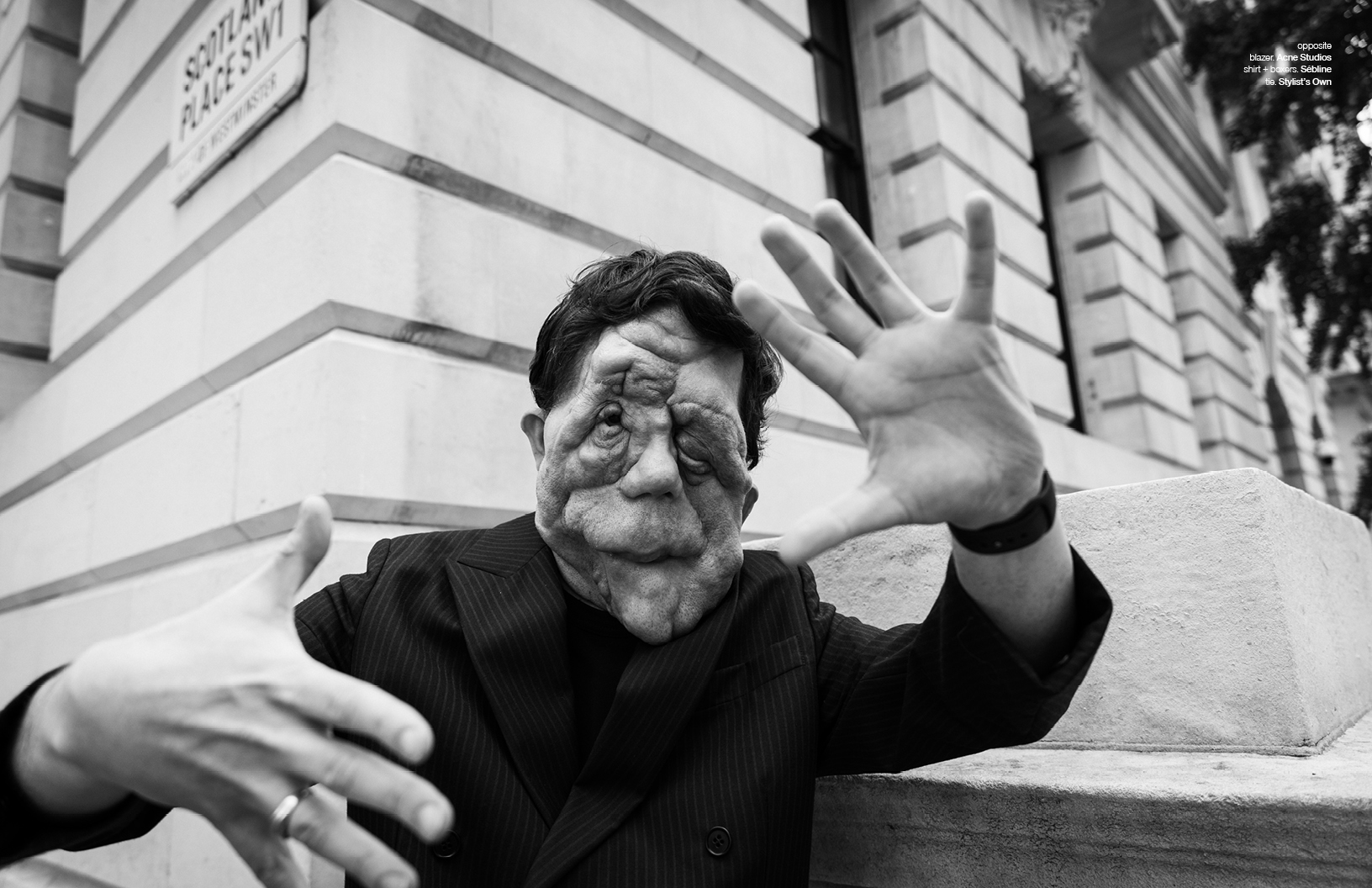
suit. MR P. @ MR PORTER
t-shirt. Comme des Garcons
What was it like stepping into the role of Oswald in A Different Man? How did you prepare to embody a character who becomes intertwined with Edward’s transformative journey?
Oswald was a very different character for me, and it’s always exciting to take on something new and showcase range as an actor. It was also refreshing to play a role that defies the usual stereotypes of disability often seen in films—where characters are either villains, victims, or false heroes as a result of lazy writing. As for preparation, it came down to learning the lines, understanding the characters, and exploring their interactions with each scene and the other characters. I try not to overthink things like tone and pacing; much like water finding its level, those elements naturally emerge during rehearsals.
The film delves into complex themes of identity and self-image. How do you feel A Different Man challenges conventional narratives about physical appearance and personal transformation? Did it allow you to draw on personal experiences, and how important was that to you?
When it comes to challenging perceptions of appearance and “beauty,” I think we’ve done the concept of beauty a great disservice by trying to quantify it. As with anything I work on, I aim for it to age well and leave a lasting impact. That often means pulling from personal experiences, no matter how uncomfortable they might have been at the time. As an actor, if I’m not willing to delve into the darkness of my past and embrace emotional vulnerability, I can’t expect my co-stars—or the audience—to do the same.
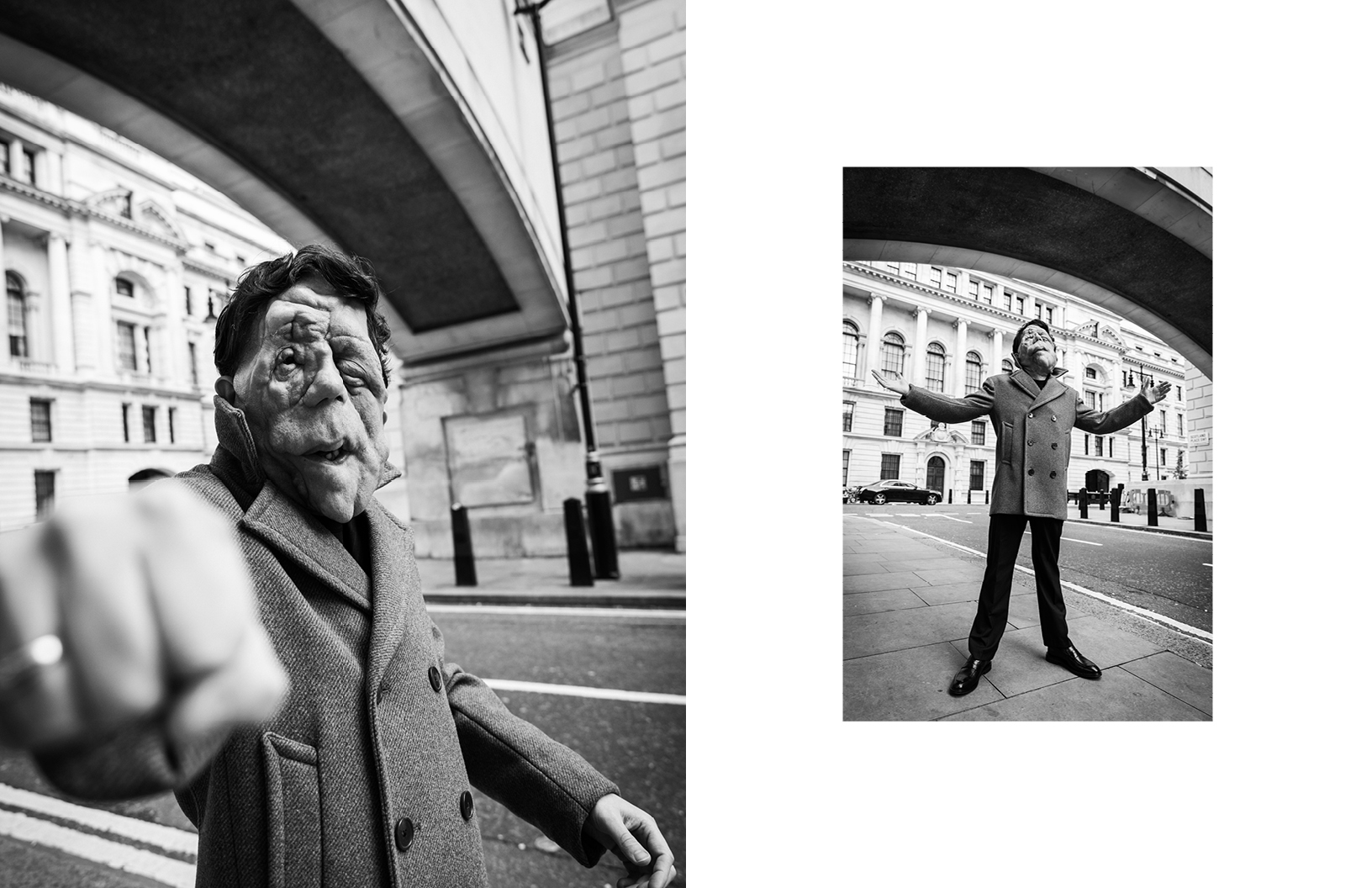
coat. Marks & Spencer
opposite
coat. Marks & Spencer
trousers. Acne Studios
loafers. Grenson
Having neurofibromatosis yourself, you bring a unique perspective to your roles. How has your condition influenced the way you approach characters, particularly in narratives that explore appearance and identity?
It’s all about balance. It would feel disingenuous to build a narrative that completely ignores disability—if we’re going to include disability in storytelling, we must first acknowledge its existence and its space in our world. At the same time, I often say my disability is the least interesting thing about me. There’s so much more to my personhood that deserves recognition and exploration. I’m focused on pushing cinematic storytelling to a place where disabled actors can tell disabled stories—and just stories—without their disability being the sole reason for their inclusion.
Beyond exploring disability, what other messages or themes do you hope resonate with viewers of A Different Man?
In 2024, we’re glued to our phones—these pocket-sized low self-esteem machines—doom-scrolling and comparing our behind-the-scenes lives to celebrities’ greatest hits. We end up crucifying ourselves at the altar of comparison. One takeaway from A Different Man is to explore what happens when we lie to ourselves, abandon our sense of self, and chase the invisible, uncatchable beast of perfection. Is the grass always greener on the other side?
Your documentary work, such as The Ugly Face of Disability Hate Crime, tackles critical issues. In your opinion, how has media representation of disability evolved since you began your career?
Media portrayal of disability has certainly improved over the 14 years I’ve been working. The era of “pity porn” and shock-value documentaries is largely behind us, and we’re moving toward nuanced storytelling where disabled creatives can tell their own stories in their own words. Of course, we’re far from perfect, and things still fall through the cracks, but I’m encouraged by the progress we’ve made and I am committed to contributing to its continuation.
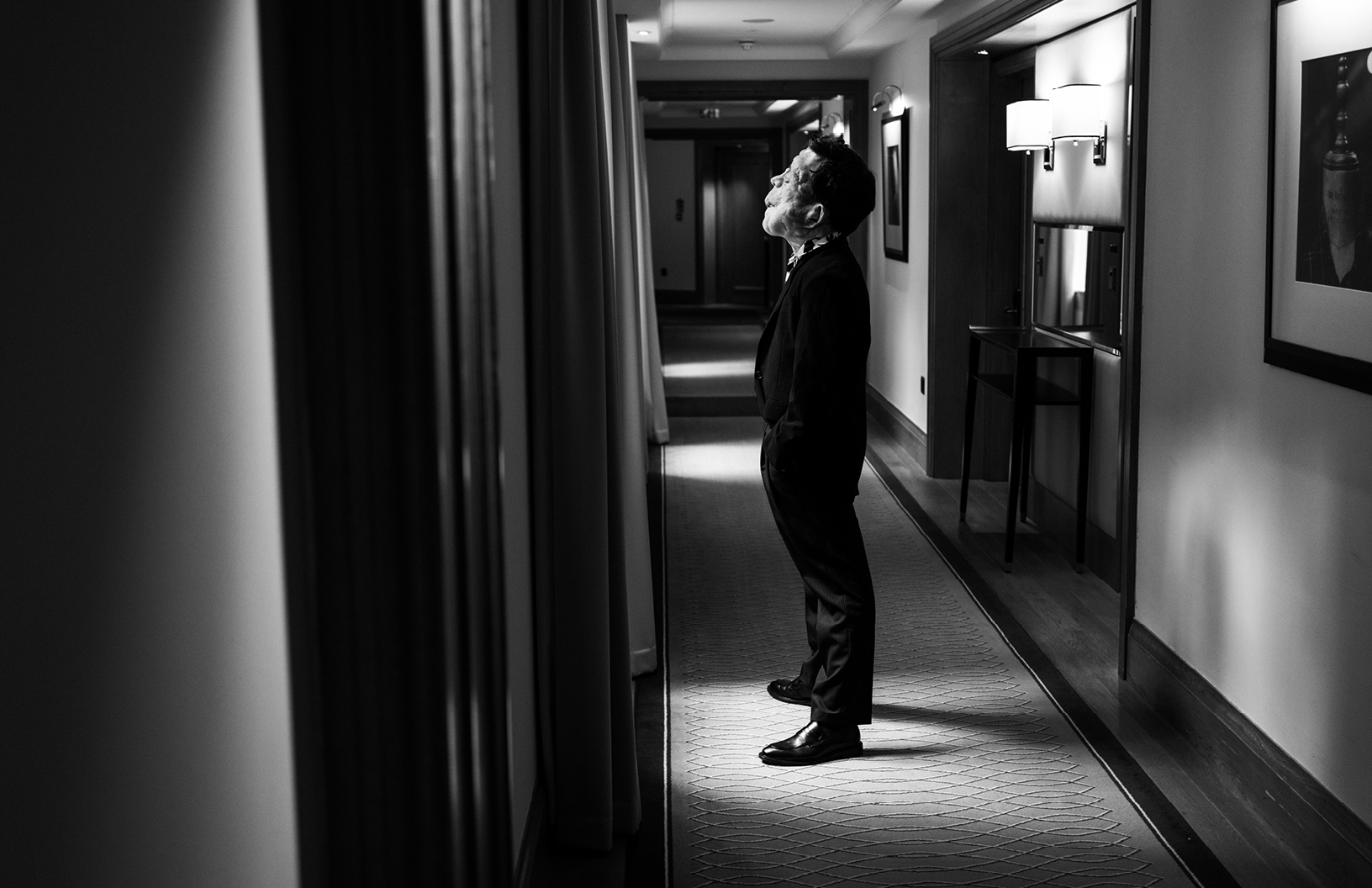
suit. Folk
shirt. Ted Baker
Your advocacy extends to speaking engagements, like at the World Health Innovation Summit. What do you see as the biggest challenge in bridging the gap between awareness and meaningful action for disability rights?
The audience is just as important as the message—and often more important than the messenger. Advocacy can become divisive, with people shouting from opposing sides of a divide. Step one is meeting audiences where they are, not where you wish they were. Acknowledge their successes, show them what they could improve, and invite them into honest conversations. Unfortunately, in 2024, people are often too scared of political correctness to speak at all, which leads to stagnation. I aim to create a space where everyone can come to the table with a clear head and full heart, fostering meaningful dialogue.
Having received awards like the RADAR and Diana Awards, how do you view these achievements? Do they influence the roles you choose or how you use your platform?
Accolades, big or small, undeniably bolster one’s reputation, but they also bring increased authority and accountability. As someone considered an influential disabled figure in the UK, I hold myself to high standards and carefully select my projects. When turning down roles, I aim to provide clear, respectful reasons and offer constructive feedback. Once my name is attached to a project, I make it my responsibility to show up every day and be a good collaborator. It sounds simple, but not everyone manages it. I often remind my peers: you never know who you’ll meet on the way up—or down.
How has working across genres—feature films, independent productions, and documentaries—shaped your perspective on storytelling, especially when addressing societal themes?
The audience should always come first. Effective storytelling requires a balance of narrative and emotion—lean too far into one, and you risk alienating your audience. Never compromise on quality, either. Laziness behind the scenes always translates to what’s on the screen.
What’s next for you after A Different Man? Are there any genres, causes, or projects you’re excited to explore?
Honestly, I’m just enjoying the ride with A Different Man right now. We’re having behind-the-scenes conversations, and I certainly have options, but I’m looking forward to slowing down a bit. My friends haven’t seen much of me this year. I’m planning a fantastic family Christmas, celebrating my 40th birthday, giving my best friend Roxy the biggest hug, and getting 2025 off to a great start. Oh, and I’ve put up some shelves that desperately need filling!
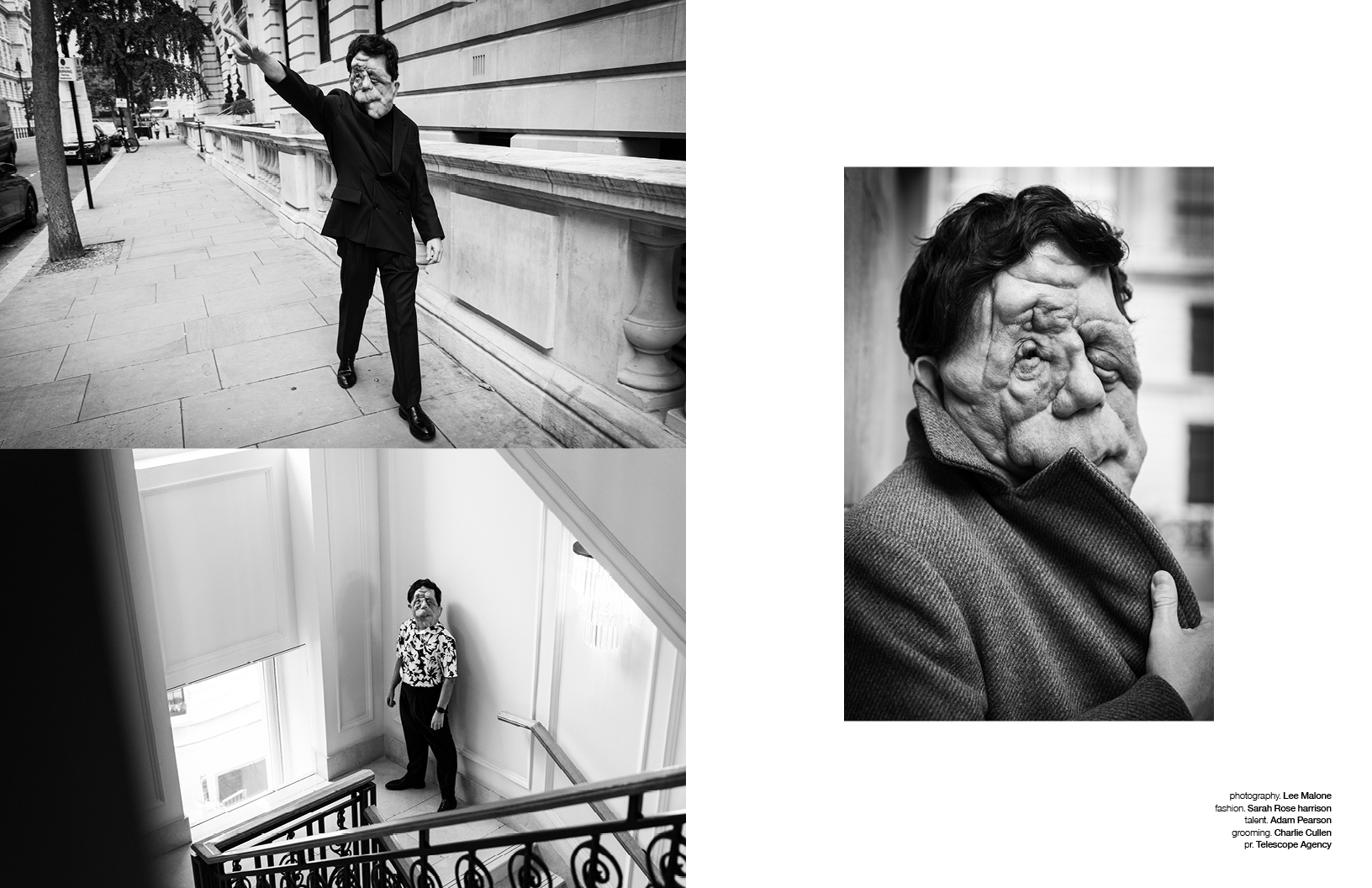
top left
suit. MR P. @ MR PORTER
t-shirt. Comme des Garcons
loafers. Grenson
lower left
shirt. Ted Baker
trousers. Folk
opposite
coat. Marks & Spencer
A Different Man is out now.
photography. Lee Malone
fashion. Sarah Rose Harrison
talent. Adam Pearson
grooming. Charlie Cullen
pr. Telescope Agency
interview. Alper Kurtel
in HTML format, including tags, to make it appealing and easy to read for Japanese-speaking readers aged 20 to 40 interested in fashion. Organize the content with appropriate headings and subheadings (h1, h2, h3, h4, h5, h6), translating all text, including headings, into Japanese. Retain any existing
tags from

jacket. All Saints
t-shirt. MR P. @ MR PORTER
trousers. Margaret Howell
opposite
coat. Marks & Spencer
Hollywood is a fickle industry often driven by appearances and stereotypes and, because of that, Adam Pearson stands out as a game-changer by challenging conventions and redefining narratives. With a career spanning over 14 years, Adam has become a powerful advocate for representation, using his platform to dismantle misconceptions about disability. His latest role in A Different Man as Oswald is no exception—delivering a performance that explores identity and self-image while subverting the usual tropes associated with disability in film.
Beyond acting, Adam’s influence extends to the documentary world, with impactful works like The Ugly Face of Disability Hate Crime. He is a sought-after speaker, addressing critical issues at global platforms such as the World Health Innovation Summit. With accolades like the RADAR and Diana Awards, Adam has cemented his place as an actor and a relentless advocate for inclusivity and authenticity in storytelling.

suit. MR P. @ MR PORTER
t-shirt. Comme des Garcons
What was it like stepping into the role of Oswald in A Different Man? How did you prepare to embody a character who becomes intertwined with Edward’s transformative journey?
Oswald was a very different character for me, and it’s always exciting to take on something new and showcase range as an actor. It was also refreshing to play a role that defies the usual stereotypes of disability often seen in films—where characters are either villains, victims, or false heroes as a result of lazy writing. As for preparation, it came down to learning the lines, understanding the characters, and exploring their interactions with each scene and the other characters. I try not to overthink things like tone and pacing; much like water finding its level, those elements naturally emerge during rehearsals.
The film delves into complex themes of identity and self-image. How do you feel A Different Man challenges conventional narratives about physical appearance and personal transformation? Did it allow you to draw on personal experiences, and how important was that to you?
When it comes to challenging perceptions of appearance and “beauty,” I think we’ve done the concept of beauty a great disservice by trying to quantify it. As with anything I work on, I aim for it to age well and leave a lasting impact. That often means pulling from personal experiences, no matter how uncomfortable they might have been at the time. As an actor, if I’m not willing to delve into the darkness of my past and embrace emotional vulnerability, I can’t expect my co-stars—or the audience—to do the same.

coat. Marks & Spencer
opposite
coat. Marks & Spencer
trousers. Acne Studios
loafers. Grenson
Having neurofibromatosis yourself, you bring a unique perspective to your roles. How has your condition influenced the way you approach characters, particularly in narratives that explore appearance and identity?
It’s all about balance. It would feel disingenuous to build a narrative that completely ignores disability—if we’re going to include disability in storytelling, we must first acknowledge its existence and its space in our world. At the same time, I often say my disability is the least interesting thing about me. There’s so much more to my personhood that deserves recognition and exploration. I’m focused on pushing cinematic storytelling to a place where disabled actors can tell disabled stories—and just stories—without their disability being the sole reason for their inclusion.
Beyond exploring disability, what other messages or themes do you hope resonate with viewers of A Different Man?
In 2024, we’re glued to our phones—these pocket-sized low self-esteem machines—doom-scrolling and comparing our behind-the-scenes lives to celebrities’ greatest hits. We end up crucifying ourselves at the altar of comparison. One takeaway from A Different Man is to explore what happens when we lie to ourselves, abandon our sense of self, and chase the invisible, uncatchable beast of perfection. Is the grass always greener on the other side?
Your documentary work, such as The Ugly Face of Disability Hate Crime, tackles critical issues. In your opinion, how has media representation of disability evolved since you began your career?
Media portrayal of disability has certainly improved over the 14 years I’ve been working. The era of “pity porn” and shock-value documentaries is largely behind us, and we’re moving toward nuanced storytelling where disabled creatives can tell their own stories in their own words. Of course, we’re far from perfect, and things still fall through the cracks, but I’m encouraged by the progress we’ve made and I am committed to contributing to its continuation.

suit. Folk
shirt. Ted Baker
Your advocacy extends to speaking engagements, like at the World Health Innovation Summit. What do you see as the biggest challenge in bridging the gap between awareness and meaningful action for disability rights?
The audience is just as important as the message—and often more important than the messenger. Advocacy can become divisive, with people shouting from opposing sides of a divide. Step one is meeting audiences where they are, not where you wish they were. Acknowledge their successes, show them what they could improve, and invite them into honest conversations. Unfortunately, in 2024, people are often too scared of political correctness to speak at all, which leads to stagnation. I aim to create a space where everyone can come to the table with a clear head and full heart, fostering meaningful dialogue.
Having received awards like the RADAR and Diana Awards, how do you view these achievements? Do they influence the roles you choose or how you use your platform?
Accolades, big or small, undeniably bolster one’s reputation, but they also bring increased authority and accountability. As someone considered an influential disabled figure in the UK, I hold myself to high standards and carefully select my projects. When turning down roles, I aim to provide clear, respectful reasons and offer constructive feedback. Once my name is attached to a project, I make it my responsibility to show up every day and be a good collaborator. It sounds simple, but not everyone manages it. I often remind my peers: you never know who you’ll meet on the way up—or down.
How has working across genres—feature films, independent productions, and documentaries—shaped your perspective on storytelling, especially when addressing societal themes?
The audience should always come first. Effective storytelling requires a balance of narrative and emotion—lean too far into one, and you risk alienating your audience. Never compromise on quality, either. Laziness behind the scenes always translates to what’s on the screen.
What’s next for you after A Different Man? Are there any genres, causes, or projects you’re excited to explore?
Honestly, I’m just enjoying the ride with A Different Man right now. We’re having behind-the-scenes conversations, and I certainly have options, but I’m looking forward to slowing down a bit. My friends haven’t seen much of me this year. I’m planning a fantastic family Christmas, celebrating my 40th birthday, giving my best friend Roxy the biggest hug, and getting 2025 off to a great start. Oh, and I’ve put up some shelves that desperately need filling!

top left
suit. MR P. @ MR PORTER
t-shirt. Comme des Garcons
loafers. Grenson
lower left
shirt. Ted Baker
trousers. Folk
opposite
coat. Marks & Spencer
A Different Man is out now.
photography. Lee Malone
fashion. Sarah Rose Harrison
talent. Adam Pearson
grooming. Charlie Cullen
pr. Telescope Agency
interview. Alper Kurtel
and integrate them seamlessly into the new content without adding new tags. Ensure the new content is fashion-related, written entirely in Japanese, and approximately 1500 words. Conclude with a “結論” section and a well-formatted “よくある質問” section. Avoid including an introduction or a note explaining the process.
